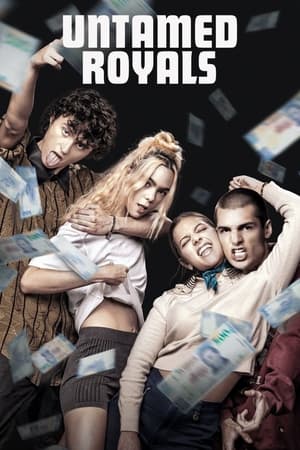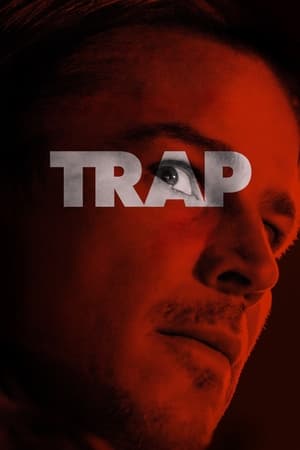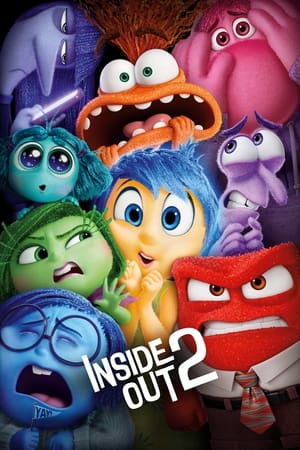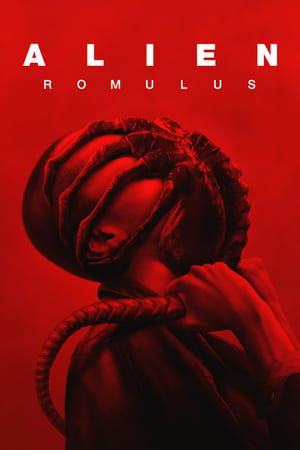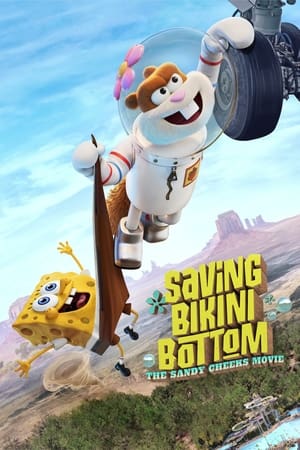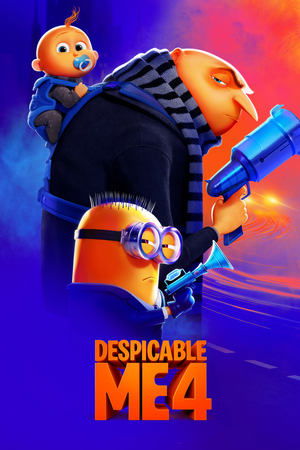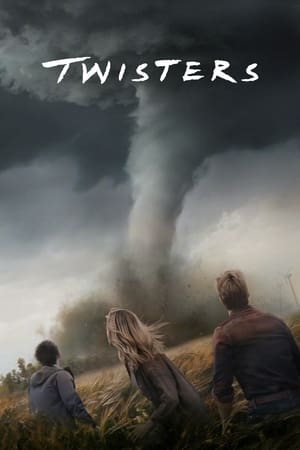Introduction
YouTube is a platform where creators share a vast array of content, from educational videos to parodies and reviews. Given the ease with which copyrighted material can be incorporated into videos, understanding the Fair Use Doctrine is crucial for YouTubers. This article provides a comprehensive guide on how to use copyrighted content legally under the Fair Use Doctrine when creating YouTube videos.

Understanding Fair Use on YouTube
The Fair Use Doctrine allows the use of copyrighted material without permission under certain conditions, which are determined by four key factors. This applies to YouTube content, where creators may incorporate clips, music, images, or other copyrighted elements in a way that qualifies as fair use.
The Four Factors of Fair Use in YouTube Videos
1. Purpose and Character of the Use:
- Transformative Use: The use should add new expression or meaning to the original work, not merely copy it. For example, commentary, criticism, or parody can be transformative.
- Educational and Non-Commercial Use: While non-commercial use is more likely to be fair use, commercial use can also qualify if it significantly transforms the original work.
2. Nature of the Copyrighted Work:
- Factual vs. Creative Works: Using factual or non-fictional content is more likely to be considered fair use than highly creative works like films, music videos, or artwork.
- Published vs. Unpublished Works: Published works are more likely to fall under fair use compared to unpublished works.
3. Amount and Substantiality of the Portion Used:
- Quantity: Use only the amount necessary to make your point. For instance, using a short clip from a movie for a review is more likely to be fair use than using an entire scene.
- Qualitative Importance: Avoid using the "heart" or the most memorable part of the work, unless it is essential for the commentary or critique.
4. Effect on the Market for the Original Work:
- Market Harm: If your use could replace the original work and harm its market potential, it is less likely to be considered fair use. For example, uploading a full, unaltered song could harm its sales.
- Potential Market: Consider whether your use affects the potential market for derivative works.
Fair Use - Copyright on YouTube
Music and Copyright - Copyright on YouTube
Fair Use on YouTube - BEST Tips for Avoiding Copyright on YouTube!! | Ian Corzine
BEST-Kept SECRETS to FAIR USE on YouTube | Media Lawyer Explains | Ian Corzine
Music Copyrights Explained | Tessa Violet
Examples of Fair Use on YouTube
1. Commentary and Criticism:
- Movie Reviews: Using short clips from movies to critique the storyline, acting, or direction.
- Music Analysis: Playing short excerpts of a song while providing in-depth analysis or commentary on its composition and lyrics.
2. Educational Content:
- Tutorials: Including brief clips or images to explain a concept, such as using a snippet from a documentary to illustrate a historical event.
- Academic Discussions: Using quotes or short passages from a book to discuss its themes and arguments.
3. Parody and Satire:
- Parody Music Videos: Creating a parody song that mimics the original but adds new, humorous content.
- Satirical Commentary: Using clips from news broadcasts in a satirical news show.
4. News Reporting:
- Breaking News: Including brief footage from other sources while reporting on current events.
- Documentary: Using short clips from other documentaries to provide context or contrast.
What is Copyright Strike | Copyright Claim | Community Strike in YouTube |In Telugu By Sai Krishna
YouTube Copyright Claims and Copyright Strikes EXPLAINED!
Guidelines for Using Fair Use on YouTube
1. Transform Your Content:
- Ensure your use of copyrighted material adds new value, meaning, or message. Simply copying and pasting content is less likely to be considered fair use.
2. Limit the Amount Used:
- Use only what is necessary for your purpose. Excessive use can weigh against a fair use claim.
3. Attribute the Source:
- While attribution does not automatically make your use fair, it shows good faith and respect for the original creator.
4. Provide Commentary or Critique:
- Adding commentary, critique, or educational insight can strengthen your claim to fair use.
5. Avoid Market Harm:
- Consider whether your use might substitute for the original work and avoid uses that could negatively impact the market for the original.
6. Seek Legal Advice When in Doubt:
- If you are unsure whether your use qualifies as fair use, consult a copyright attorney.
Where's The Fair Use? - Nostalgia Critic
How I Use Movie Clips In My Videos - Fair Use
YouTube’s Fair Use Protection Program
YouTube has a Fair Use Protection Program that provides legal support to creators who believe their videos qualify as fair use. This program offers legal defense for a select number of fair use cases each year, especially when creators face unfounded copyright claims.
How To: Avoid Copyright Claims in Reaction Videos (FAIR USE)
How to Remove Copyright Claims on YouTube Videos! | Primal Video
Practical Steps for YouTubers
1. Review YouTube’s Copyright Policies:
- Familiarize yourself with YouTube’s guidelines on copyright and fair use. YouTube has specific policies and tools, such as Content ID, which can impact how copyrighted material is managed on the platform.
2. Use Disclaimers:
- While not legally required, including a disclaimer stating your intent for fair use (e.g., for commentary, criticism, or educational purposes) can help clarify your use.
3. Edit Carefully:
- Edit your videos to ensure that the use of copyrighted material is minimal and clearly tied to your transformative purpose.
4. Engage with Content ID:
- If a Content ID claim is made against your video, you can dispute it if you believe your use qualifies as fair use. Provide a detailed explanation of how your use fits within the fair use criteria.
5. Educational Resources:
- Utilize YouTube’s resources and other educational materials available online to better understand fair use and how to apply it.
See also:
Understanding the Fair Use Doctrine and Copyright Law
A Comprehensive Guide to Indian Copyright Law ©️

Conclusion
The Fair Use Doctrine is a powerful tool for YouTube creators, allowing them to use copyrighted material legally in ways that contribute to commentary, education, and creativity. By understanding and applying the four factors of fair use—purpose and character, nature of the work, amount and substantiality, and effect on the market—you can navigate the complexities of copyright law and create compelling content without infringing on others' rights. Always be mindful of the transformative nature of your use, limit the amount of copyrighted material you use, and consider seeking legal advice when necessary to ensure that your content complies with fair use principles.
-
 2
2







